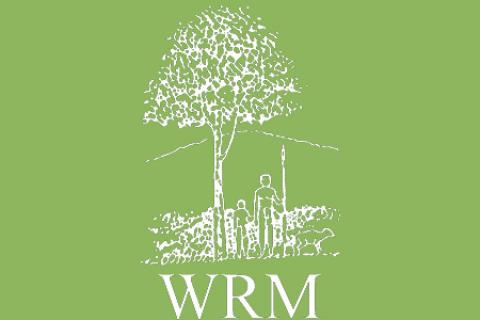In November 2001, a Belizean court had ruled in favour of the construction of a hydro-electric dam on the upper Macal river by Belize Electricity Limited (BEL), the majority of which is owned by Fortis, Inc. of St. John's, Newfoundland, Canada, (see WRM bulletins 44 and 54). The Belizean government has privatised its electricity industry, just keeping a minority share of BEL. Fortis Inc. is the owner of both the energy distribution company in Belize (Belize Electricity Limited, BEL) and the largest energy supplier in the country (Belize Electricity Company, BECOL).
Bulletin articles
The municipality of Chichicastenango is located in the department of Quiché, one of the most populated departments in the country and the one possessing the greatest number of Maya tongues, such as Uspanteco, Ixil, Sacapulteco, Quekchí and Quiché. To reach this municipality, you have to take a road that goes through steep slopes with sharp turnings and deep ravines, some covered by mixed forests mainly consisting of pine and oak trees. This municipality is located in the country's western high plateau and the climate is temperate and cold.
Genetic engineering is racing ahead to provide genetically tailored trees designed for commercial plantations with traits such as herbicide resistance, insecticide production, rapid growth and reduced lignin content in trees for commercial convenience.
The forestry plan promoted by the Government --based on large monoculture tree plantations of eucalyptus and pine-- promised large profits to the country, among which employment generation. Not only has this objective not been accomplished, but it has also been seen that the scant employment generated is usually temporary and under working conditions that in general leave much to be desired. The events that took place at the beginning of this month are a clear demonstration of what environmental organizations have long been denouncing.
Official figures from the PNG Forest Authority show that between 1993 and 2001 a total of 20 million cubic meters of logs were exported from PNG. If all those logs were laid side by side they would stretch for over 1,000 kilometres. If they were laid end to end they would stretch for 7,000 kilometres.
In the last 10 years most of the logs have been taken from West New Britain but now those forests are almost gone. Now the logging companies in PNG --most of them Malaysian-- are getting most of their logs from Western and Gulf Provinces.
In spite of what its title might suggest, this editorial is not about the war declared by the government of the United States against the people of Irak; it's about the never ending war declared by oil interests against the planet and its peoples.
In last month's issue of the WRM bulletin we quoted activist Karl Ammann's open letter to World Bank's President Wolfensohn --wrongly attributed to Jane Dewar-- in which he denounces that World Bank assistance to massive reactivation of the forestry sector would imply new logging concessions in primary rainforests with the subsequent detrimental impact on the environment and the people. (the ammended article is available at: http://www.wrm.org.uy/bulletin/67/AF.html#Congo )
Two million acres of forest land is lost annually to mining in Ghana, with mining concessions taking over 70% of the total land area, consequently decreasing considerably food production. The World Bank and the International Finance Corporation (IFC) --the private lending arm of the World Bank-- have provided start-up capital and cajoled African countries to deregulate, liberalize and privatise their extractive sectors to attract foreign direct investment.
Bonny Island, situated at the southern edge of Rivers State in the Niger Delta of Nigeria, has known no peace since the early 90s, when the Federal Government of Nigeria, in collaboration with its international partners started the multi-billion dollar project Nigeria Liquified Natural Gas Limited (NLNG). Due to its strategic position, the island hosts various oil companies world-wide famous for the social and environmental destruction they cause such as Shell, Mobil, Chevron, Agip, Elf, among others.
Zambia has almost 46 million hectares of forests, of which 7.4 million hectares are reserves, 6.3 million hectares national parks and 32 million hectares are woodlands. It has an estimated area of tree plantations of some 63,000 hectares. It is within that context that the following recent news needs to be analysed.
The purpose of British colonial forestry in the nineteenth century was to ensure that the colonial state maintained control over the forests in order to ensure a steady supply of timber. The imprint of colonial forestry in the Mekong Region is still felt today, as states continue to wrest control of forests from local communities.
The "Revised Forest Strategy of the World Bank Group" approved on October 31, 2002 makes some very significant admissions like: "There is a close link between the livelihoods of the poor and forests, and '(it is a) largely false notion that the poor are the cause of deforestation in developing countries'."
